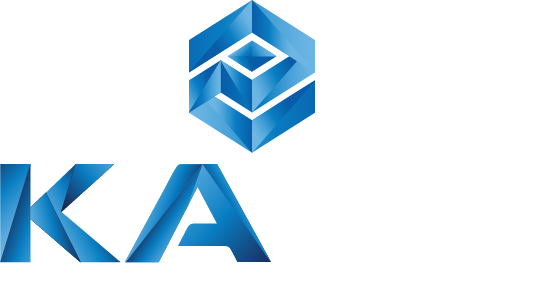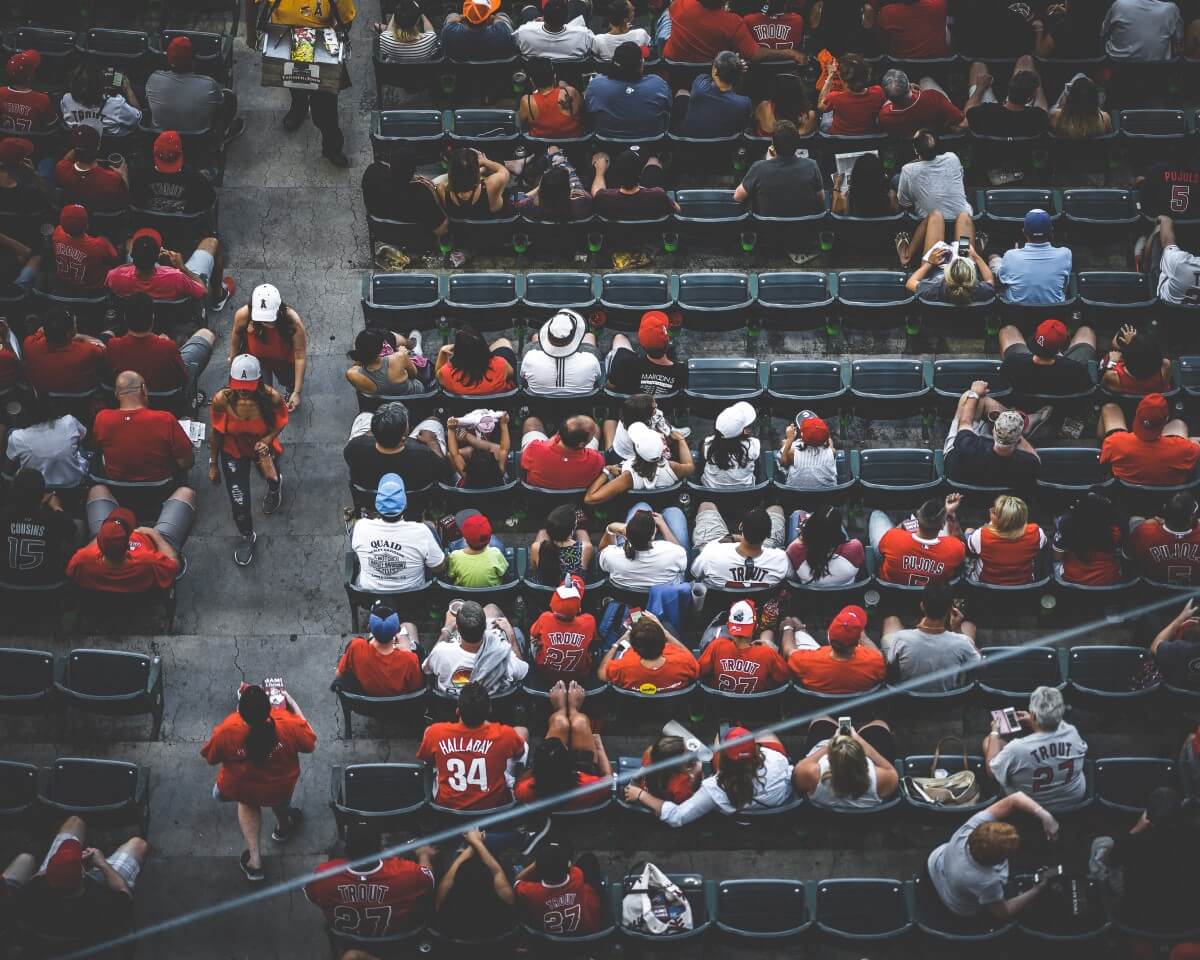
The Future of Live Events and Sports
Update #28 — August 6, 2021
In our 28th update to the “Future of Live Events & Sports: The Re-Emergence of Fans Post Covid-19”, we closely monitor rising COVID-19 cases. We continue to track how our framework for understanding Fan Demand is impacted based on market-specific factors, venue initiatives, and fan avidity. We have sifted through all the noisy data to bring you insights on how live events and sports will be different because of the COVID-19 pandemic.
In this update, we explore:
- A sharp increase in KAGR Fan Demand Index (+10%) despite Delta Variant surges
- Strong indicators of both demand and willingness to return to live events through summer concert and live event ticket sales
- Significant decline in viewership for the Tokyo Summer Olympics and learnings for future events

Market Analysis
The KAGR Fan Demand Index jumped significantly (+10%) over the last two weeks despite concerning COVID-19 trends with several markets experiencing large fan demand increases. Of note, Indianapolis (+35%), Tuscaloosa (+26%), and Milwaukee (+23%) saw meaningful positive changes while New Orleans (-7%) and Miami (-7%) dropped back.
Recent confirmed COVID-19 cases soared 350% on average with several markets including Boston (+900%), Washington D.C. (+800%), and Tuscaloosa (+700%) far above. Despite these large jumps, both Boston and Washington D.C. remain amongst the lowest case numbers per capita (Boston at 1.0 cases per 1,000 and Washington D.C. at 0.9 per 1,000). The eligible market population currently vaccinated (with at least one shot) is up 4.3% to a total of 56% vaccinated over the last two weeks.
Consumer and economic indicators had a meaningful impact on the KAGR Fan Demand Index this week with increases across several areas. Consumer behaviors were up 3% on average across markets (with Boston experiencing the largest increase, +10%), dining and entertainment activity is up 2% (led by Indianapolis, +87%), and air travel is up 7% with all markets experiencing increases.
As daily activities adjust due to rise in Delta Variant and COVID-19 cases, we examine the impact of the pandemic on go-forward fan demand and behaviors. This week five markets experienced meaningful change; specific highlights include:
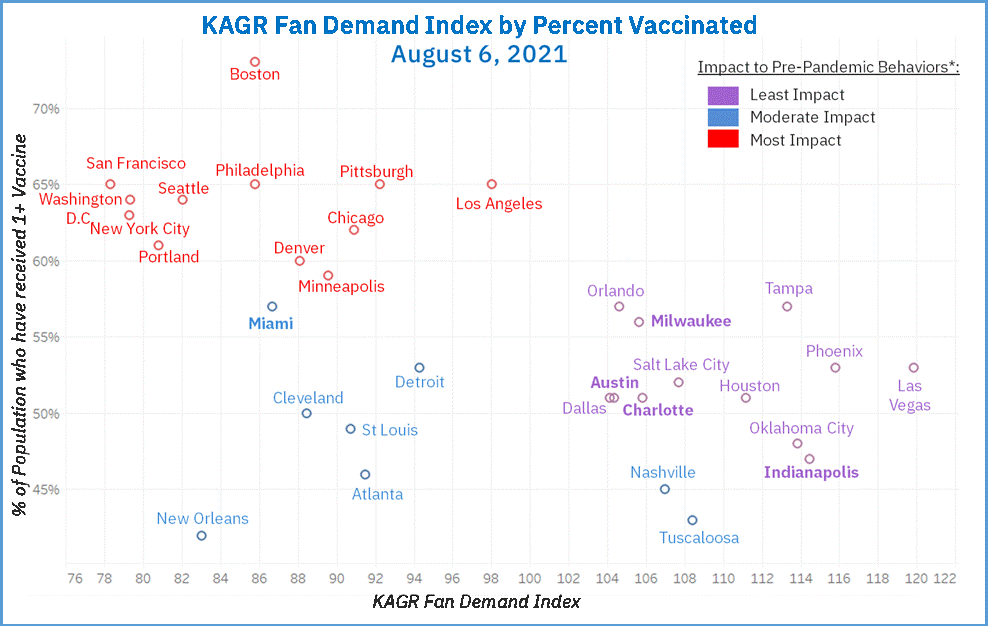
- Miami fell back to the Moderate Impact grouping this week. Recent confirmed COVID-19 cases jumped 450% (7.4 cases per 1,000); the third largest per capita case numbers we have seen in Florida (behind 10.9 per 1,000 in July 2020 and 9.9 in August 2020). With this large jump in cases, dining and entertainment activity fell back 13%.
- Four markets jumped from Moderate Impact to Least Impact including Austin, Charlotte, Milwaukee, and Indianapolis. Milwaukee and Indianapolis experienced large increases in air travel (+12% and +16%) and dining and entertainment activity (+25% and +87%). Charlotte also saw dining and entertainment activity jump (+7%).
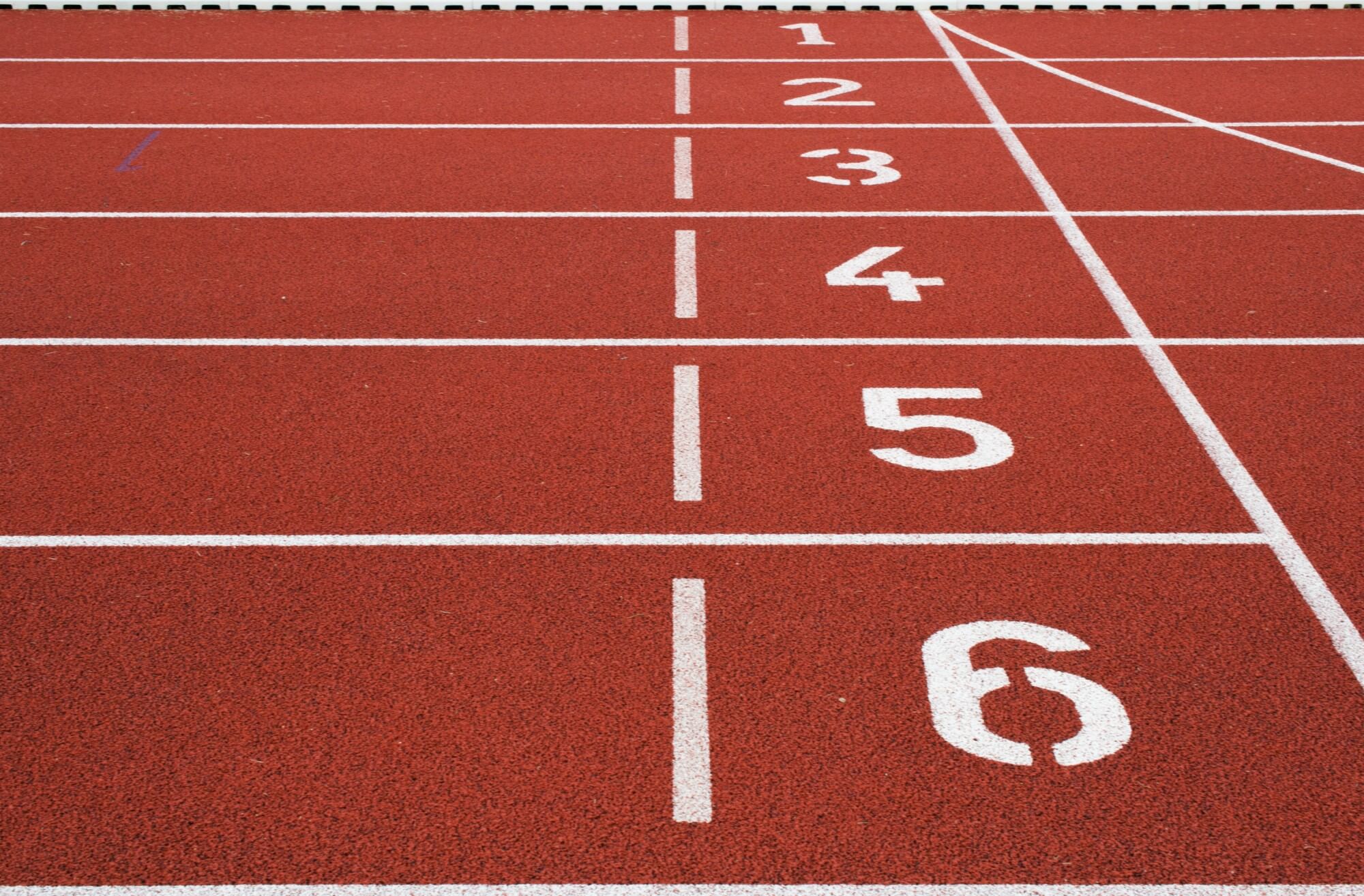
Exploring Regional KAGR Fan Demand Index Trends
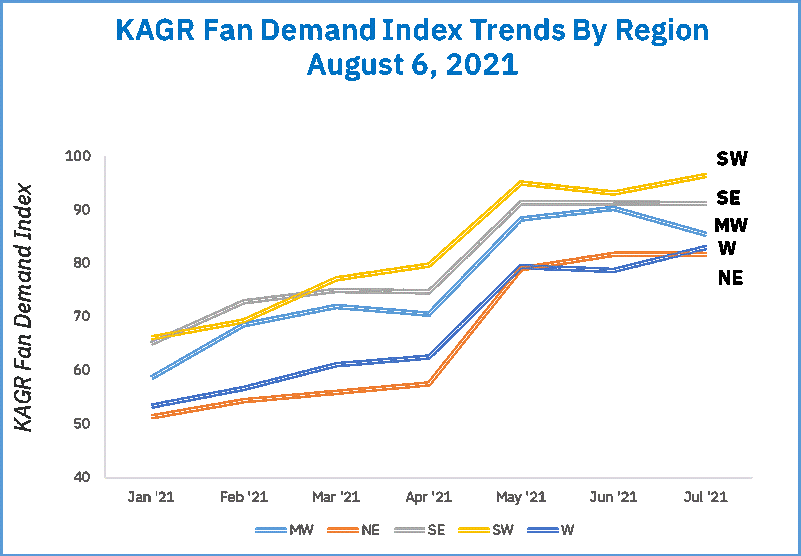
* Regional breakdowns include:
· Midwest (MW): Chicago, Cleveland, Detroit, Indianapolis, Milwaukee, Minneapolis, St Louis
· Northeast (NE): Boston, New York City, Philadelphia, Pittsburgh, Washington DC
· Southeast (SE): Atlanta, Charlotte, Miami, Nashville, New Orleans, Orlando, Tampa, Tuscaloosa
· Southwest (SW): Austin, Dallas, Houston, Oklahoma City, Phoenix, Las Vegas
· West (W): Denver, Los Angeles, Portland, Salt Lake City, San Francisco, Seattle
To better understand changes in the KAGR Fan Demand Index over the past quarter, we explore regional trends:
- The Northeast region saw the biggest jump in KAGR Fan Demand Index since April (+29.6%), with New York City (+39%) and Washington D.C. (+37%) driving the increase.
- The Midwest region experienced a slight decrease over the past month, primarily driven by COVID-19 cases, after significant improvements between April and May (+25% month over month).
- Markets driving the most significant increase in KAGR Fan Demand Index over the last quarter beyond New York City and Washington D.C. include San Francisco (+36%), Boston (+30%), and Seattle (+29%). All of these markets are the among the Most Impacted market groupings and experienced meaningful increases in consumer behaviors during this time.
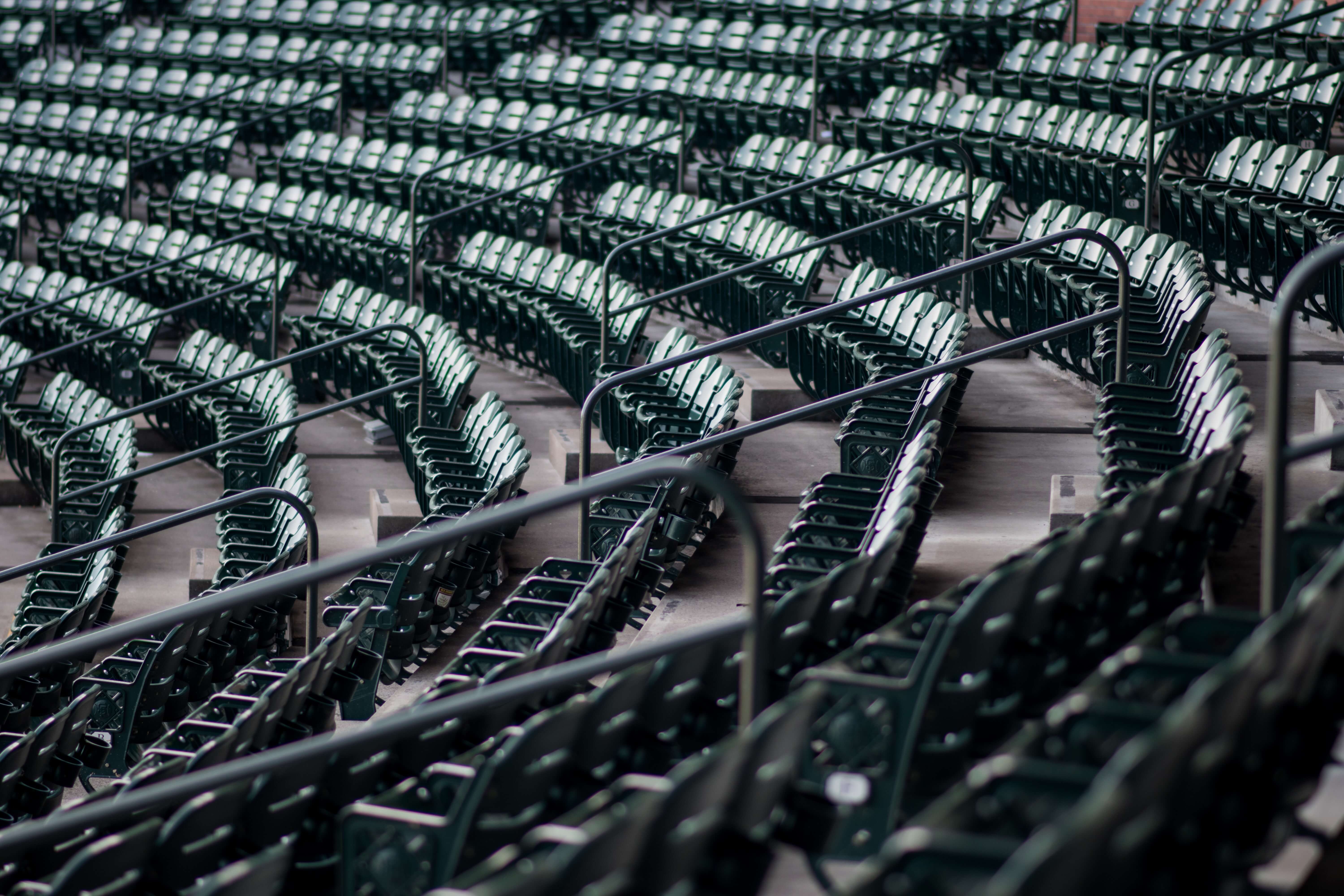
Fan Avidity at a Glance
This week we explore strong indicators of both demand and willingness to return to live events, while viewership woes continue for this summer’s Olympics.
The Live Nations Q2 earnings highlighted soaring live event ticketing results indicating both a strong willingness of fans to return to live events and pay for those experiences:
- June 2021 was the fourth-best month in Ticketmaster history, by ticket volume. June also saw the highest number of live events on sale during a single month (+50% over the previously highest ranked month in 2019).
- Ticket prices were up 10% on average over 2019.
- July 12 marked the highest resale day in history by gross ticket volume driven by the U.S. Open, NFL and concert resales.
Viewership continues to decline even as NBC airs the Olympic games in primetime across several channels and streaming outlets:
- NBC Sports reports a 43% drop in primetime viewership of the Tokyo games compared to Rio in 2016.
- Across all Summer Olympics between 2000 and present, the Tokyo games had 8 of the 10 smallest primetime audiences over the first few weeks. The smallest audience this century was the Tokyo Opening Ceremony (12M viewers).
- Streaming outlets (which comprise ~5% of overall viewing audience) are one bright spot, experiencing record-setting audiences and further validating increased engagement in digital channels.
Fans are indicating clear interest and demand for live in-person events – a great sign for end of summer and fall sports and events. However, as we have seen for some leagues and teams, this surge may not last and can be particularly challenging in markets most impacted by the pandemic. Sustaining interest and demand will not only depend on team and player performance but is likely to require new and innovative ways for fans to experience events and engage with teams. If primetime Olympics viewership is any indication, “one size fits all” content is no longer viable. Driving ongoing buzz and interest for events, on par with June’s results, will require increased understanding of the fan, their needs, and how to deliver in a timely, efficient, and engaging way.
